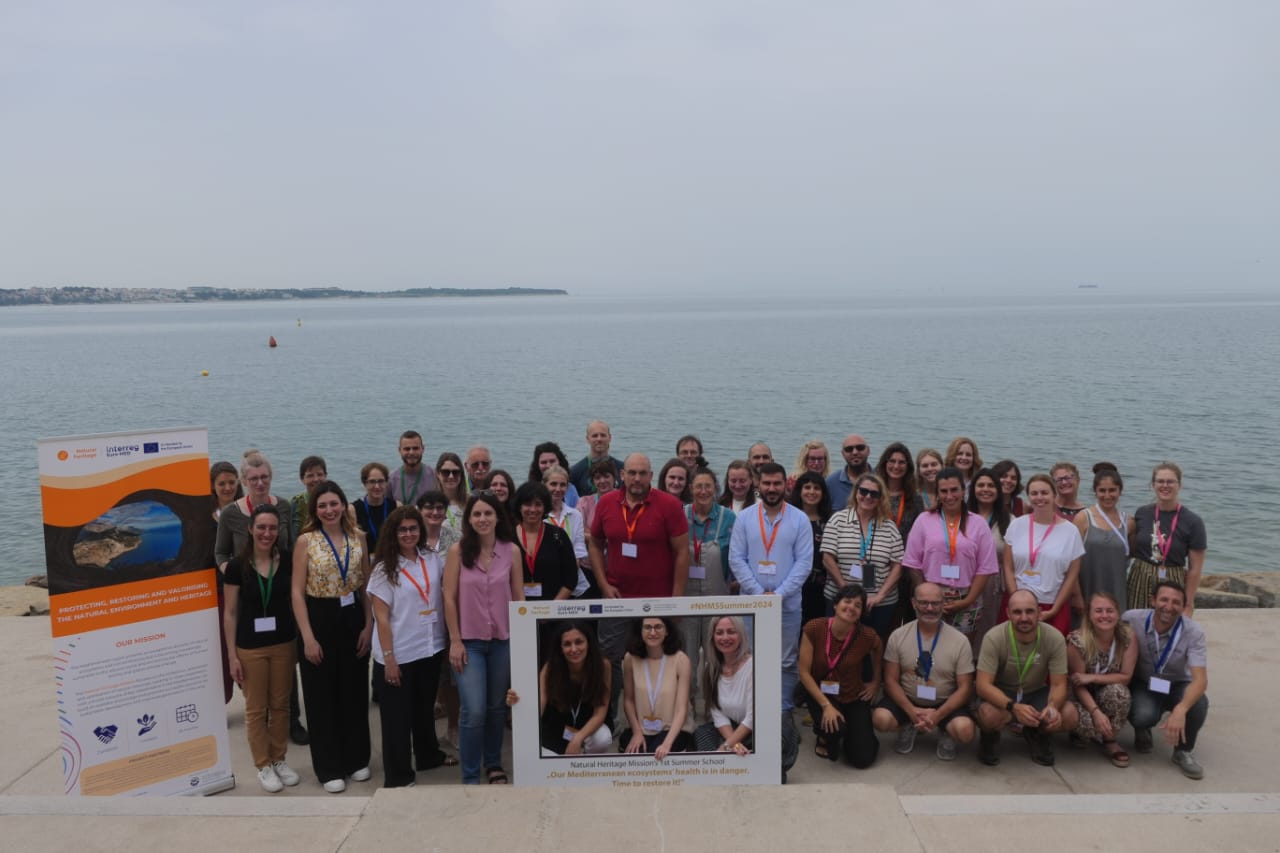Celebrating the World Oceans Day in Piran

“Has it been approved?” Bojana Lipej exclaims with jubilee and excitement. The atmosphere in the room is electric and spontaneously breaks into a thunderous applause. The international group of students have informed Bojana that two days earlier on June 17th the new European Union (EU) Nature Restoration Law had finally been passed (1). Bojana’s surprise was understandable. The law had been discussed for 4 years, at times seeming as it would end up in a dusty drawer. Its approval sets targets for habitat restoration and increased biodiversity; and it will force countries to create actions plans supervised by Brussels.
Bojana Lipej is the scientific officer at Škocjanski zatok, a small nature reserve on the Slovenian coast, a magnet for biodiversity (2). This is quite a turn of events considering that the area was a waste dumping site 30 years ago. Humans have inhabited this area over millennia, transforming nature to their advantage. Thus, the shallow coast was first converted into salt pans under the Venetian Republic, then filled in to create agricultural land by fascist Italy, and then turned into urban and industrial development under Yugoslavia. It was not until Slovenia obtained its independence that public activism led to the creation of the wetland. This is, however, not the complete story. The pressure from the development of the surrounding town, Koper, is relentless. For instance, the nearby port facilities keep on expanding transforming fields into parking lots for thousands of cars waiting to be shipped across the world.
Koper’s example is not alone, as Europe’s population remains stable or decreasing, the use of land is still expanding. According to the European Commission, 80% of Europe’s habitats are in poor condition. The EU has taken notice and over the years developed ever “greener” policies, such as the EU Biodiversity Strategy and the commitment to achieve climate neutrality by 2050. In 2019 these culminated in the EU Green Deal, which Ursula von der Leyen, head of the European commission, famously referred to as a “Man on the Moon” moment (3).
The public, however, seem to have more earthly concerns. As the costs of compliance with the EU’s lofty goals has mounted, pressure groups (farmers, car manufacturers, industrial lobbyists, etc.) have been battling any new legislation. They seem to have sway on the public opinion as June’s elections to the EU parliament returned a cradle of members more hostile to legislation than before (4). The question now is whether the Restoration Law will be the last green policy ever to be adopted.
While future political battles will be fought in Brussels, on the Slovenian Adriatic shores experts in wetland restoration across the Mediterranean gathered in the context of the first CoomunitiesforNature summer school to discuss what actions are more effective to restore nature for humans and biodiversity (5). How biodiversity will be restored in places like parking lots is an open question, but solutions must be found that marriages economic development and sustainable ecosystems.
Read more:
- https://www.consilium.europa.eu/en/press/press-releases/2024/06/17/nature-restoration-law-council-gives-final-green-light/
- https://www.skocjanski-zatok.org/en/
- https://www.theparliamentmagazine.eu/news/article/europes-man-on-the-moon-moment-von-der-leyen-unveils-eu-green-deal
- https://www.economist.com/interactive/eu-elections-2024-polls-parliament
- https://www.npr.org/2024/06/10/nx-s1-4998253/european-union-eu-parliament-elections-takeaways?_kx=ASMTcYuC4AgIUcekFd_Ue0AzMQXAte5kuTJsvAYd0gI.VVEwpW
- https://natural-heritage.interreg-euro-med.eu/summer-school/

